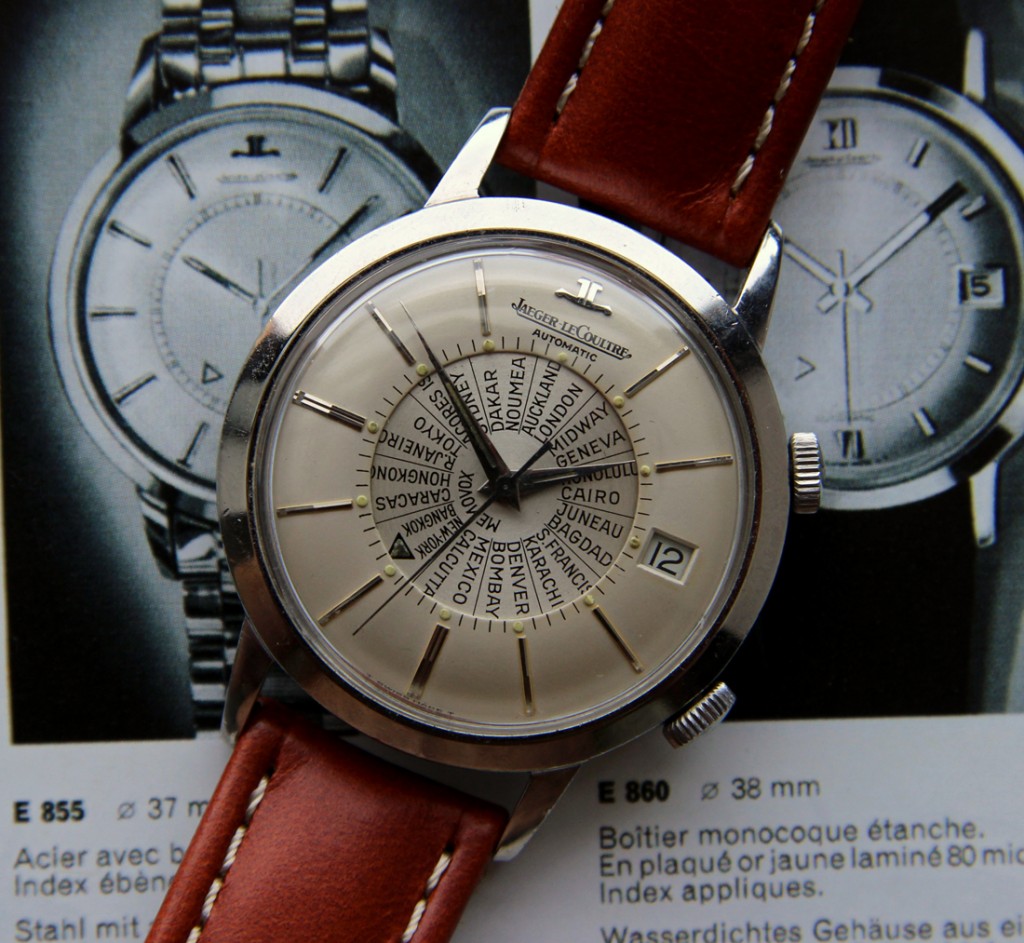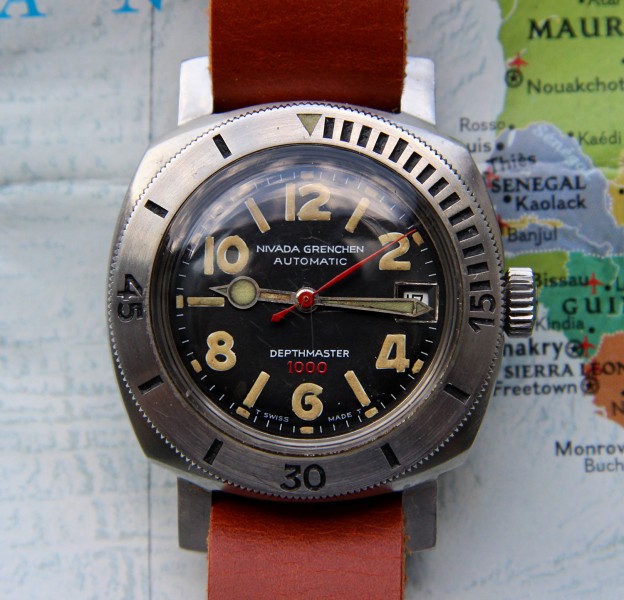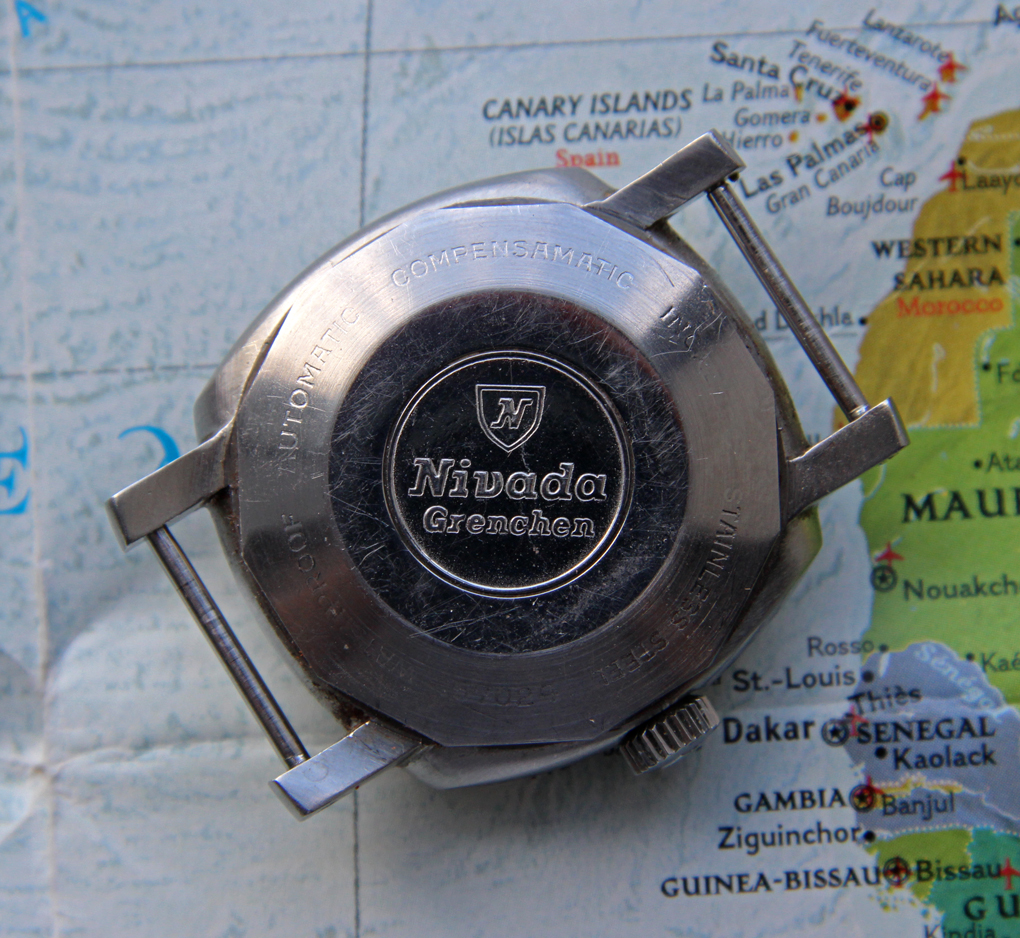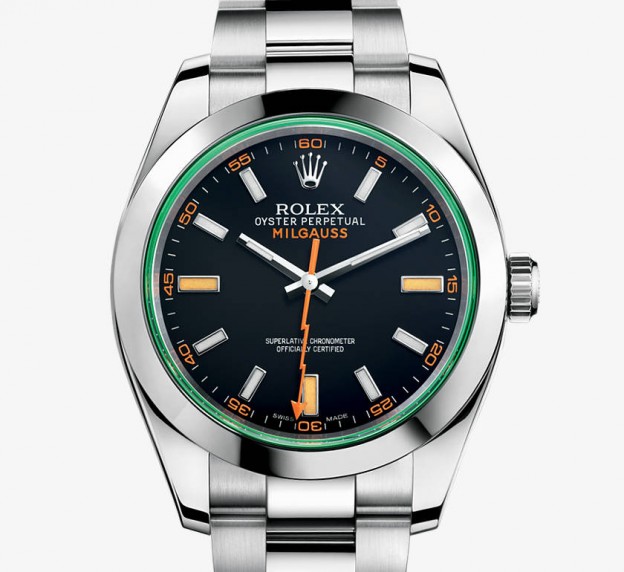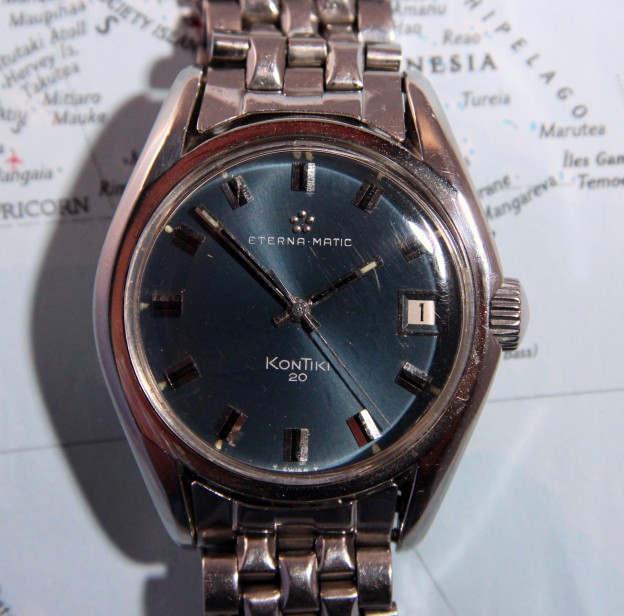90% if the time I am a 100% vintage watch guy. They have the vibe and design qualities of days gone by that usually make them much more appealing than their shiny modern counterparts. But once in a while I give in to that new watch temptation and fall for something the manufacturers are offering today. The Rolex Milgauss GV is definitely one of those that turned my head and won my ardent affection.
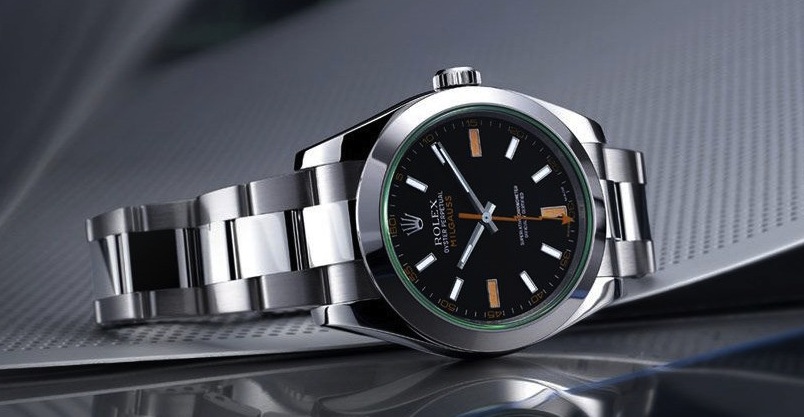
Like a lot of marques in recent years, Rolex has very cleverly paid homage to designs from their storied past while giving them a modern interpretation, as well as all the technological upgrades available in this era. One of the most successful of these “heritage” pieces is the newest iteration of their famous Milgauss line. Dating back to the mid-1950s, the golden age of Tool Watch innovation, the Milgauss was originally designed to stand up to the large magnetic fields being generated by nuclear and other emerging technologies in the Post War era. This specially designed anti-magnetic timepiece could stand highly magnetic environments of up to 1000 gauss, hence the name, and it was marketed to scientists and technicians whose watches would normally be severely disrupted by such high levels of magnetism. Apparently this watch-buying segment was perceived as significant enough to lead to a plethora of anti-magnetic watches being created, as not just the Milgauss but also IWC’s Ingenieur and Omega’s original Railmaster made their debuts around this time.
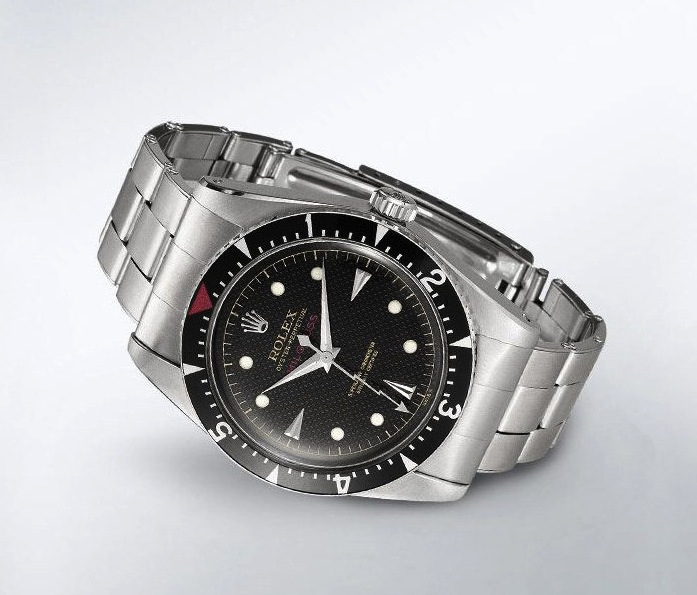
Original 1956 ref. 6541 Milguass (Image from Antiquorum)
Despite or perhaps because of the emergence of those competitors, the market was never very strong for the original lightning-hand Milgauss. But Rolex kept with it and redesigned the watch in the middle to late 1960s. With a cleaner, more conventional design, the new 1019 Milgauss seemed a more versatile wristwatch for the professional man of science, while still retaining it’s antimagnetic powers through the continued use of the Faraday cage design. Again, though, the Milgauss line was a poor seller in the overall Rolex catalogue, probably due to its rather specific purpose and slightly premium price over a standard dress model, as well as its then-large 38mm size and thick case. With demand for mechanical watches lagging overall, Rolex discontinued the Milgauss by the early 1980s.
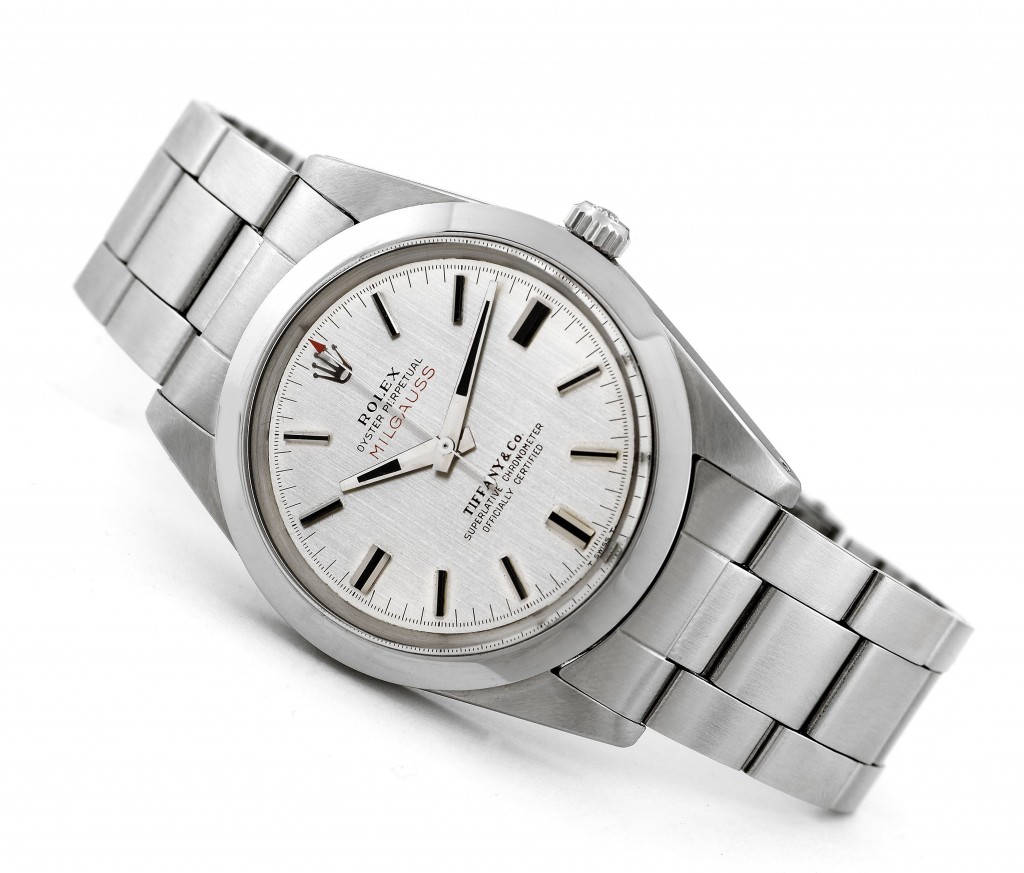
Ref. 1019 with rare double-signed Tiffany Dial (Image from AQ)
However, as with so many of the “unpopular” Rolex of their time — such as the original Explorer II, the Tru-Beat, even the Cosmograph Daytona — their very lack of success and smaller production redounded to their later success once they had been removed from the catalog. Continue reading →


